Nobody likes me, everybody hates me,
Guess I’ll go eat worms,
Long, thin, slimy ones; Short, fat, juicy ones,
Itsy, bitsy, fuzzy wuzzy worms.
Early birds aren’t the only creatures who get the worms. Land planarians, otherwise known as flat worms, are carnivorous, cannibalistic, and slimy. They are the most heartless predators to the earthworm. Earthworms are good for soil; they recycle nutrients and support the soil structure so that rain water soaks into the soil rather than running off. When hunting the earthworm, the flatworm wraps around the earthworm and secretes enzymes that digest the victim outside of the flatworm’s body. Then the flatworm sucks up the earthworm, much like a soup.
Humor does not seem to have any place at all in science. That is, in science with a capital S. Any more than humor has a place in religion with a capital R. If the establishment had their way, there surely would be a special and very hot corner in hell set aside for spiritual leaders who dare to crack jokes from the pulpit and scientists who make flip comments from the sanctuary of their laboratory. ”After his experiments with worms had captured the attention of scientists, James Vernon McConnell added further to his reputation as a maverick professor when he took up publishing a journal which printed parodies of scientific articles along with genuine reports of current research. To some, the serious research was funnier than the intentionally humorous articles in McConnell’s journal, which he called The Worm Runner’s Digest.”
Religion and its monozygotic twin, Science, are by the establishment’s definition supernatural in some sense. The priest, whether in black frock or white lab coat, loses his mystique the moment he dares to question what to the Establishment seems the divine order of things by dropping a pungent pun into his sermon or lab report. Sometimes a little humor can go a very long way. Toward excommunication.Remember in the movie Men In Black, there was an alien shopkeeper who gets his head shot off and then grows it right back? In the real world there is an animal that can actually do this. The planarian flatworm.
Lets look at flatworms; on the off-chance that some of the finer planarian points are lacking from your storehouse of knowledge. I will explain a bit about the psychology of worms. The planarian or common flatworm, is a small aquatic animal that seldom grows more than three centimeters long and is found in ponds, streams, and rivers throughout the world. It is the simplest animal on the phylogenetic tree that possesses a true brain and a human type nervous system. But the planarian is famous for many reasons beyond its brain. It is the simplest form of life to have true bilateral symmetry. This means you can cut it in half from head to tail, and the left half will be a mirror image of the right. And it has the most mixed up sex life of any animal going.
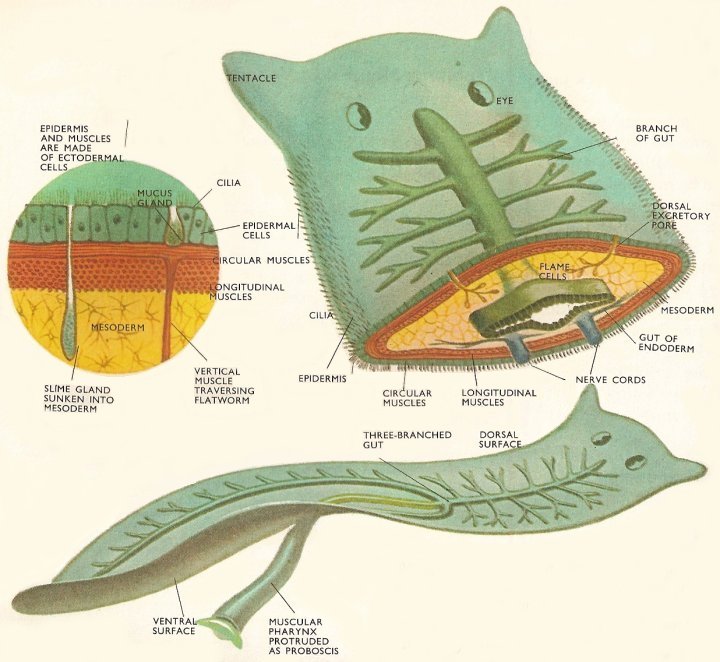
''Now, thanks to the work of Peter Reddien and his colleagues, that obstacle has finally been hurdled. The MIT biology professor has isolated the gene that determines whether new tissue growth will be of the head or ass variety''
The planarian is a psychological anomaly; an anti-Freudian animal. To begin with, it is a hermaphrodite, having a complete set of both male and female sex organs. So to the trash bin goes Freud’s concept of ”penis envy”, for the feminine side of the worm can’t really envy anything anything it lacks because, it it doesn’t really lack it. When a young planarian engages, as many of them do, in what Freud politely called ”exploratory play”, does this mean that a single organism can, all by itself, violate the incest taboo? And when two adult flatworms mate, they back up to each other, their tails go up in the air, and they cross-fertilize, a primal scene that even the Kama Sutra doesn’t describe.
From a research point of view, the sex life of the worm is secondary to the issue of whether a planarian can be trained. Since it is the simplest animal to possess a true brain, presumably it should be the simplest animal capable of showing true learning. Researchers Thompson and McConnell set up experiments that demonstra
that the flatworm could be taught what Professor Pavlov called the conditioned response.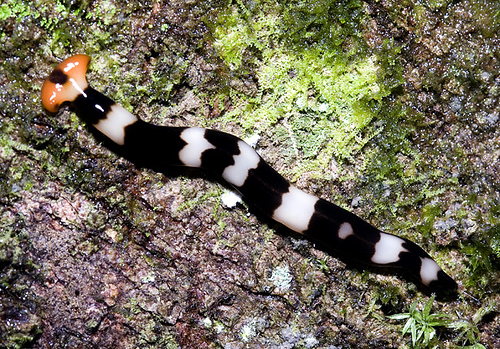
''...Those that eat the latter are regarded as pests, demonstrating that one can never be too simple or lowly to taunt the apex of creation. I wonder if they engage in virile penis-fencing encounters like their marine brethren....''
Planarians not only reproduce sexually, but asexually as well. One day, as the animal is crawling along the bottom of some pond, the tail develops a will of its own and grabs hold of a rock and refuses to be budged. The head struggles to get things going again, but no matter how hard the head pulls, the tail remains obstinately clinging to the rock. Not able to convince the tail to get on with ot, the head does the next best thing. It pulls so hard that the animal comes apart at the middle. The head will grow a new tail in a matter of five or six days, and the tail, clinging gallantly to its rock, will regenerate an entire new head in a matter of a week or two.
McConnell thought it would be clever to try and train the worms. That is, cut it in half, let the head grow a new tail and the tail grow a new head, and then test both halves to see which remembered the original training. To their great surprise, they found that the heads remembered, a month after original training, just as much as did worms that had been trained but not cut in half at all. Also, they found that the tails remembered even more than the heads did. Obviously, for worms, losing your head actually improved your memory.
The odd results suggested that in the planarian at least, memories might not be stored just in the head section. Next, the choped a trained animal into several pieces and let all the pieces regenerate. Each regenerate showed memory of what the original animal had been taught. It began to become evident that the conventional theory of memory could not explain this phenomenon since they insisted that memories were stored neurophysiologically in the brain. Since the regenerated worms had to re-grow an entirely new brain, it appeared that they must be storing their brains chemically. That is, whenever the worms learned something, there had to be some corresponding change in the molecules of their bodies.
These worms are rather special. Not only can you cut them in half and each piece will regenerate into an intact organism, but you can also play all sorts of sadistic games with them. If you slice the head in half, from the tip of the snout down to where the worm’s Adam’s apple would be and then keep the two sections of the head separated for twenty-four hours, each section will regenerate separately. You’ll end up with a two headed worm. The two headed planarians learn significantly faster than the normal beasts. So, as far as the worm is concerned, two heads are definitely better than one.
And if two heads are not enough, you can split each of them again, and you’ll have four heads on the same body. You can get up to twelve heads at once, if both the cutter and the worm are so inclined. More than that, you can take the head from one animal and graft it onto another, since planarians don’t reject tissue grafts. The theory then, was that if the memory molecules were the same from one worm to another, why couldn’t one worm be trained, have the chemicals extracted from it, inject them into another worm, and thus transfer the “memory”?
”This suggested a chemical change, and Dr. McConnell reasoned that it ought to be possible to educate preschool flatworms by feeding them the proper memory chemicals. He and Assistant Barbara Humphries chopped up some well-trained worms and fed the pieces by hand to unschooled animals. The cannibals learned by eating: when they went to light-and-shock school, they proved to be flatworm prodigies; they learned twice as fast as cannibal worms fed on uneducated meat….”If transfer of memory should be valid for man as well as worm,” said Dr. McConnell as he indulged in a flight of fancy at a San Francisco conference, “why should we waste all the knowledge a distinguished professor has accumulated, simply be cause he’s reached retirement age?”


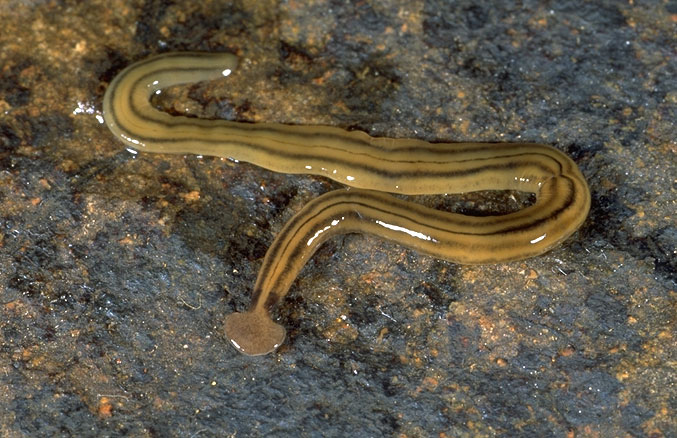
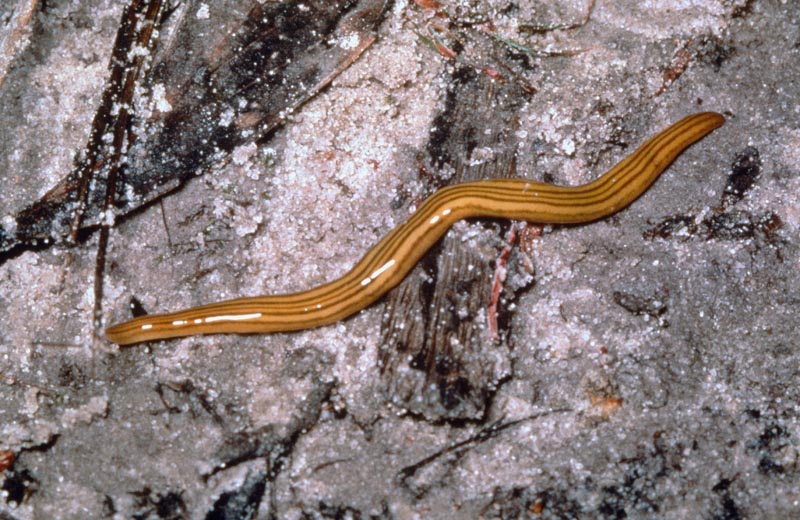
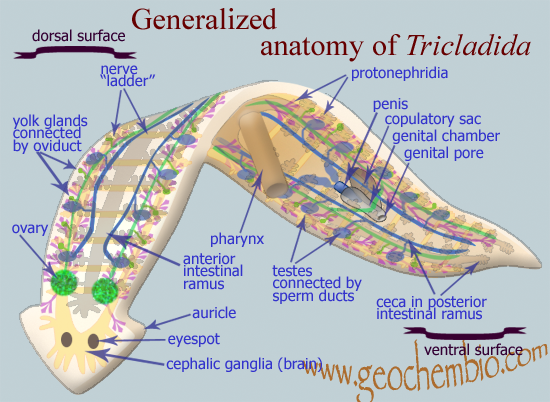
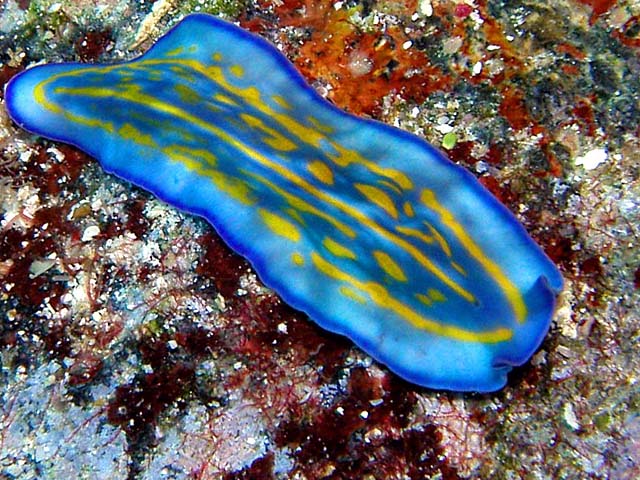



 COMMENTS
COMMENTS